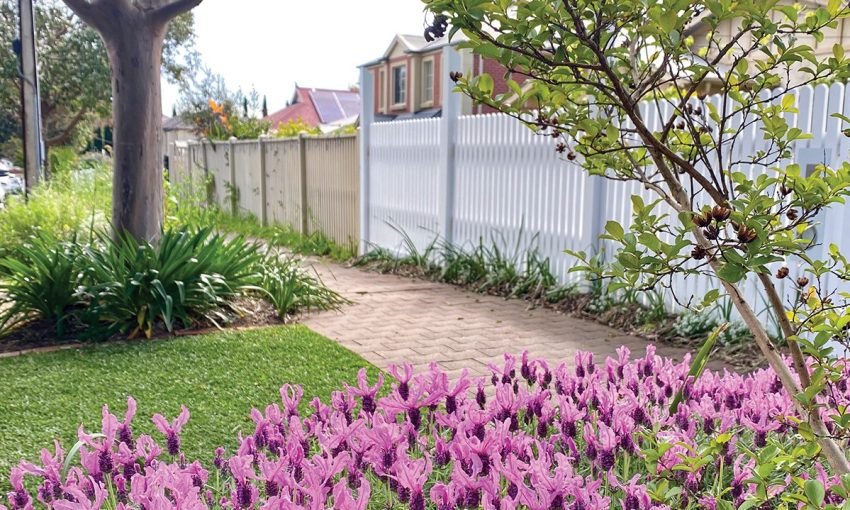Verge gardens are popping up in abundance, and for very good reason. But their benefits aren’t always as obvious as you might think.
Stand out in your street
It’s said that conversations will connect people: but could the conversations you have with someone who’s tending their verge garden, be some of the most meaningful? Kat Ryan – the coordinator of environmental projects and strategy at the City of Unley – certainly thinks so.
Kat warmly recalls a conversation with a woman whose partner had recently passed away, who said that her most precious moments were now while she was tending her verge garden: “When I am feeling lonely I go out to my verge garden and people talk to me”.
These sorts of connections used to happen while we were out doing the banking, or while standing at the supermarket checkout. But the advent of self service and online business, has seen the gradual reduction of “small talk” with others in the community. So, it’s a wonderful thing, then, that you can change the course of a stranger’s day, by simply chatting to them while they garden along their street verge. Surely, that’s reason enough to plant your own.
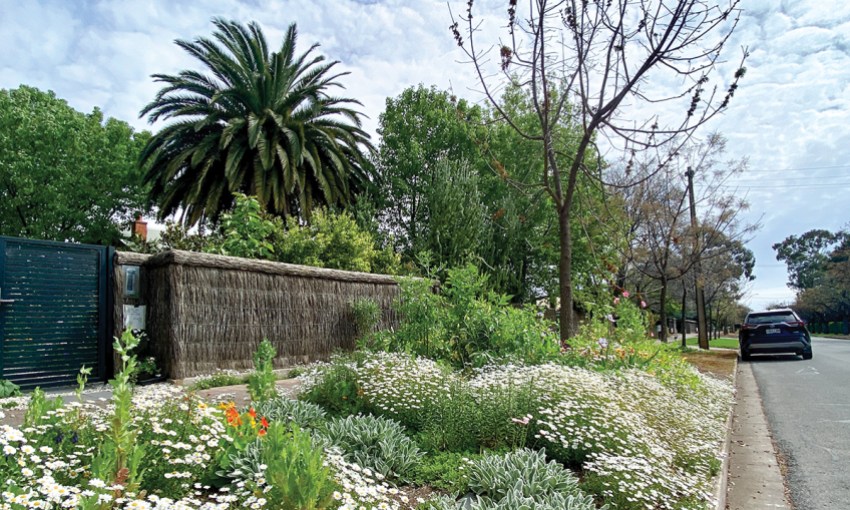
Encouraging connections between people wasn’t the initial reason the City of Unley (and no doubt others), encouraged verge gardening. It dates back to South Australia’s prolonged drought between 1997 and 2009, which saw street tree health decline significantly with water restrictions. Many street trees never fully recovered.
As the drought waned and water restrictions eased, the City of Unley encouraged residents to tend their verges in an effort to assist the area’s significant street trees. The benefits were quick and clear: as verge gardens flourished, so too did the health of neighbourhood street trees.
Fast forward a dozen years and we see more local councils encouraging verge gardens, and for good reason; healthy street trees offer significant environmental benefits by giving shade, cooling the air temperature, offering shelter to insects, birds and animals, helping reduce stormwater runoff, and improving kerbside appeal.
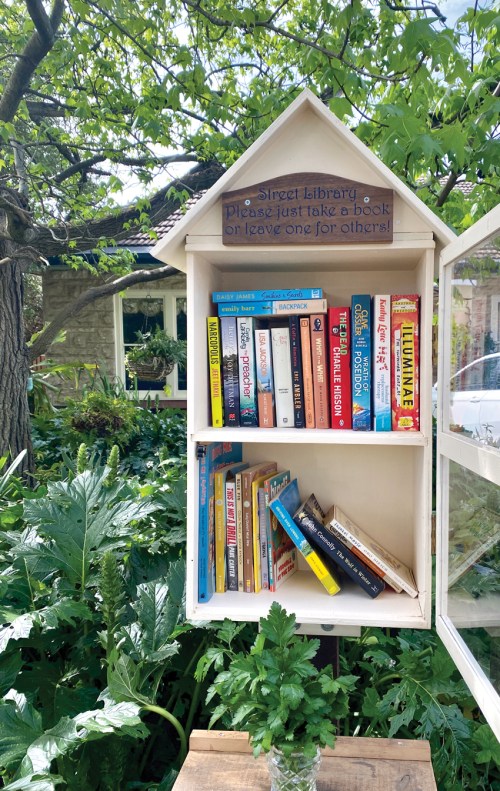
Here are the key points if you’re considering a verge garden:
First and foremost, check if your local council has guidelines on verges. These are as individual as the councils themselves and will help you to know just what you can and can’t do on your verge. Importantly, seeking permission from council could alert you to future works in your street that may impact a new garden. The added bonus of checking is you may find your council offers support by way of grants or service, to residents. For example, some councils will offer to remove and appropriately recycle compacted dolomite, replacing it with loam and compost, which are more conducive to a happy, healthy garden.
Be aware of the need to have good visibility as you enter and exit your property. No one wants to plant large shrubs that will reduce visibility and could cause an accident. Some councils have guidelines whereby plants and shrubs must be shorter than 60cm. Check with your council to see the recommendations in your area.
Avoid incorporating plants with sharp, pointy leaves or those which are poisonous and could cause skin irritation to people and animals passing by.
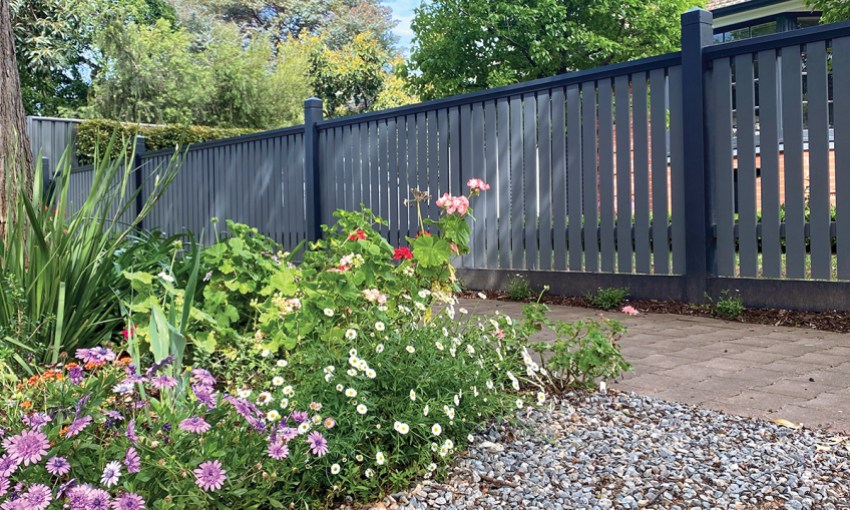
Ensure there is space for visitors to open the car door; let’s face it, no one wants their nan to have to navigate an urban jungle when she drops by for Sunday lunch.
Consider the garden’s maintenance and calculate how much time you can commit to it. While there’s no such thing as a maintenance-free garden, there are certainly plants that are hardier and lower in maintenance than others.
Don’t forget about your wheelie bins; you’ll need to ensure there’s still space on your verge to put them. It might be as simple as paving or compacted road base, or as lovely as some lawn. Whichever it is, it will need to be flat and easily accessible for
the mechanical “arms” on the waste removal trucks.
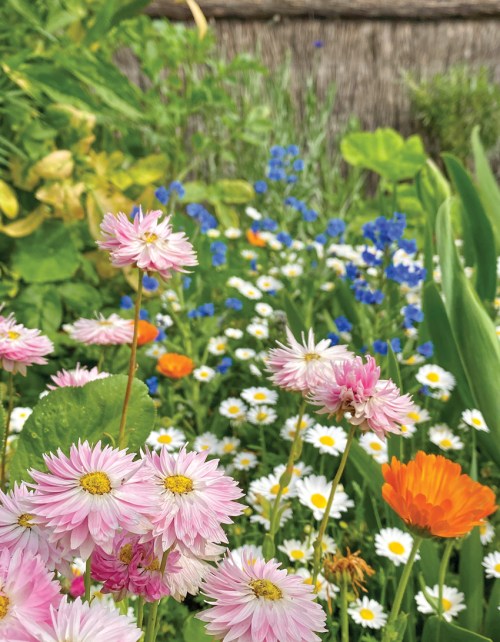
Consider whether the verge can extend the visual size of your private garden and if so, plant in similar styles, colours and textures. In the Unley area plants such as Sedum “autumn joy”, limonium, carex, salvias, society garlic, Indian hawthorn and abelia would all move seamlessly from the garden to the verge.
Once you’ve obtained council permission, there are a couple of simple pointers that have the potential to save you extra work and unnecessary heartaches:
Know your area: is it hot and dry, or rainy and wet? Know the soil type: is it hard, compacted clay, or rich, friable soil? Does the verge receive more sun than shade or vice versa? Is the street particularly windy? Are you near an intersection?

Don’t overlook the benefit of going for a walk around your suburb, taking mental notes of other verge gardens that have a similar aspect to yours, and are flourishing. Such gardens can be a source of inspiration and guidance with plant choices.
Chat to your neighbours; this is a must when it comes to gardening. Most people love to chat gardens and will be happy to share what’s worked for them and what hasn’t. And you never know your luck: there’s every chance you will come home with a cutting or two to try in your own verge garden.
When it comes to plant selection, drop into your local garden centre. Good garden centres with qualified horticultural staff will be familiar with the common pests and diseases in your area, as well as the joys and pitfalls of gardens in the local area.
Note: Food gardening is not always possible on verges, particularly in localities where significant chemicals have been used, or heavy industry once operated, or along busy roads where vehicle emissions and brake and tyre dust is common. Check with your local council about any possible restrictions relating to food gardening, or consider using small raised beds and growing veggies with shallow root systems in them.
This article first appeared in the Summer 2022 issue of SALIFE Gardens and outdoor living magazine.



